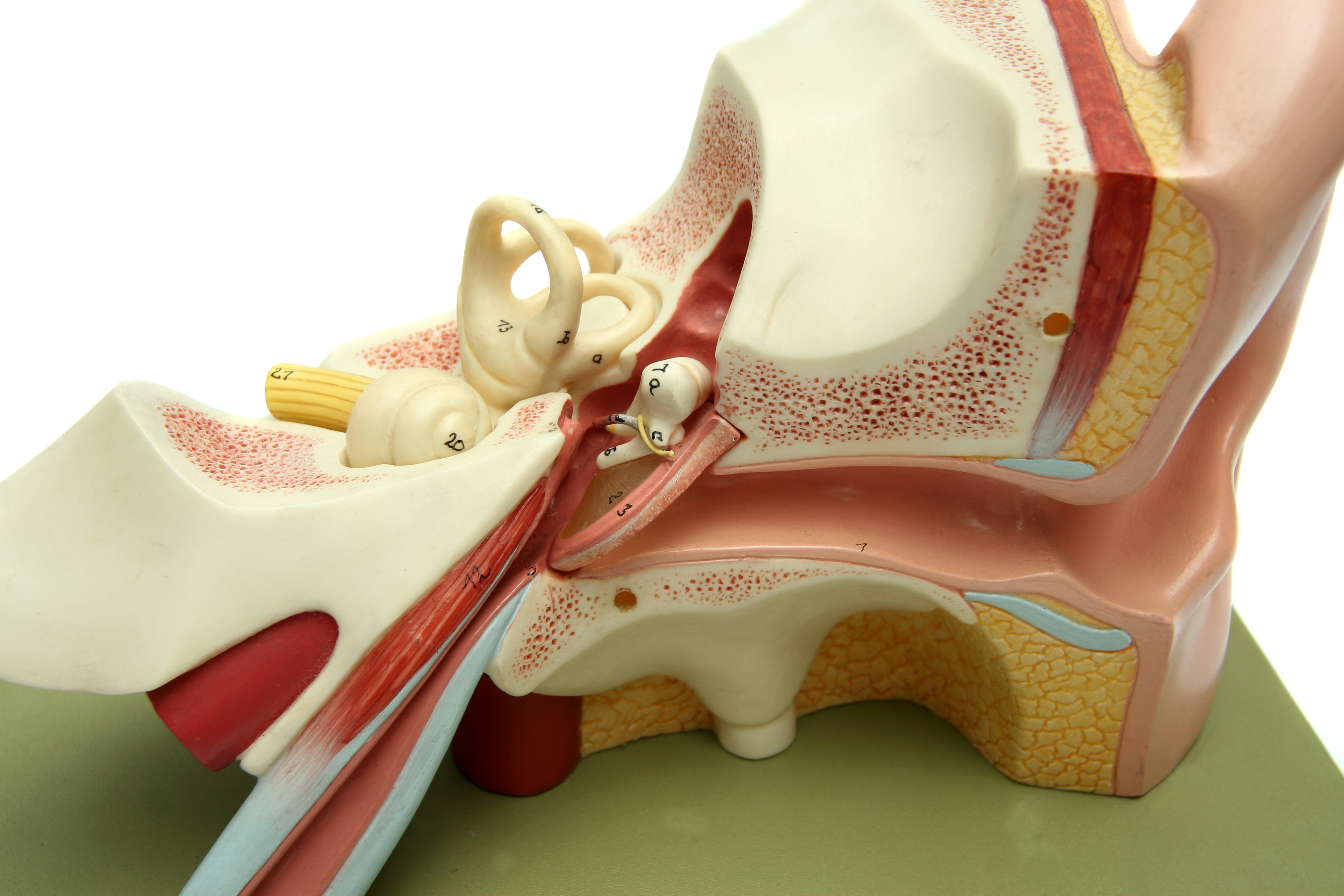
THURSDAY, April 2, 2015 (HealthDay News) — More than half of packaged grocery store foods included in a new study contained too much added salt, U.S. health officials reported Thursday.
That’s important because eating too much salt (sodium) is a risk factor for developing high blood pressure, according to the study authors. And high blood pressure can contribute to heart disease and strokes.
“We looked at packaged food sales in grocery stores,” said study researcher Linda Schieb, an epidemiologist in the division of heart disease and stroke prevention at the U.S. Centers for Disease Control and Prevention. “What we found was more than 50 percent of those products exceeded the FDA healthy food label guidelines for sodium.”
Under the U.S. Food and Drug Administration healthy food label guideline, only 480 milligrams (mg) of sodium per serving are allowed for individual foods — such as cheese, cold cuts and bread — to use the “healthy” label claim, Schieb said. And, 600 mg is allowed for meals, such as pasta dishes, pizza and sandwiches.
Schieb’s team analyzed product sales from 2009 for U.S. grocery stores from 52 markets in three of nine U.S. census divisions, which represents about half the country’s population. The researchers didn’t include warehouse stores or Walmart, according to the study.
The investigators found that more than 70 percent of pizza, pasta mixed dishes or meat mixed dishes (such as meat loaf or pork with BBQ sauce), as well as 50 to 70 percent of cold cuts, soups and sandwiches surpassed the FDA “healthy” labeling for sodium.
But only 10 percent of breads, savory snacks and cheese went over the healthy label guidelines, according to the report.
The researchers didn’t find any significant differences between the markets studied with regard to sodium content in foods.
The study is published in the April issue of the journal Preventing Chronic Disease.
Under the current U.S. Dietary Guidelines for Americans, the general population is advised to keep daily salt intake under 2,300 milligrams, or about a teaspoon. For people over 51, African-Americans and those with health conditions such as high blood pressure, diabetes or chronic kidney disease, the recommended daily sodium intake is 1,500 mg or less.
That’s no small feat, since a cup of soup and a turkey sandwich may have about 2,200 mg, according to the CDC.
“The majority of our sodium comes from restaurant food and processed food,” Schieb said. Both sources can be loaded with sodium. “So it’s important to read the labels and choose lower sodium options. Make sure you are also eating fruits and vegetables,” she said.
The findings are no surprise to Connie Diekman, a registered dietitian and director of university nutrition at Washington University in St. Louis.
“Packaged foods remain high in sodium because of its role in preservation, so the fact that the studied products were higher than ‘healthy’ was no surprise,” she said. However, things might have improved since Schieb’s team gathered the data in 2009, she said. Food makers have been trying to decrease sodium, she noted.
Both experts agreed that consumers can take steps to reduce salt intake. Reading the labels and comparing salt content between different foods is one way. Some comparison shopping might save you many milligrams of sodium per serving.
Another way to reduce salt levels is to limit your use of packaged foods. Use packaged foods when you need them, such as bread for sandwiches, Diekman said. Then use fresh cooked meat rather than salami, baloney or other processed meats, which are typically high in salt, she said.
Or, use packaged food only as a “base,” Diekman suggested. Add fresh or frozen vegetables to packaged macaroni and cheese, for instance. You can spread the sodium out over more food, reducing the per-person sodium intake.
“Consider eating at home more often, since quick-serve restaurants generally serve foods that are higher in sodium and restaurants often salt for the average, which often is more than palates need,” Diekman said.
When cooking at home, Diekman said, use salt as you cook or at the table, but not both. Experiment with other seasonings so you can cut down on salt but not flavor. Lemon or herbs are two examples, she said.
More information
To learn more about sodium, visit U.S. Centers for Disease Control and Prevention.
Copyright © 2025 HealthDay. All rights reserved.

